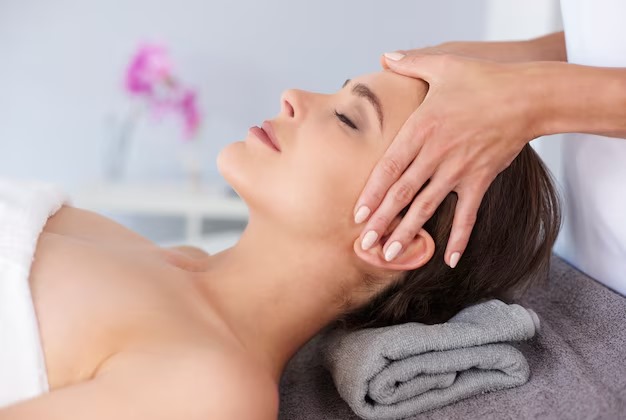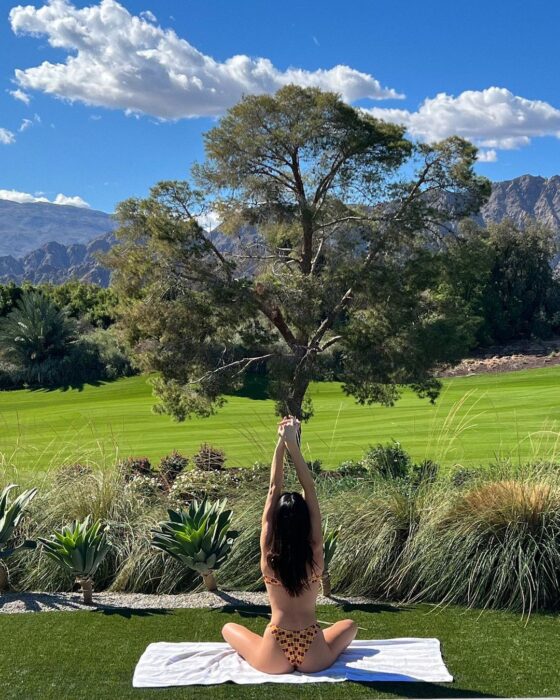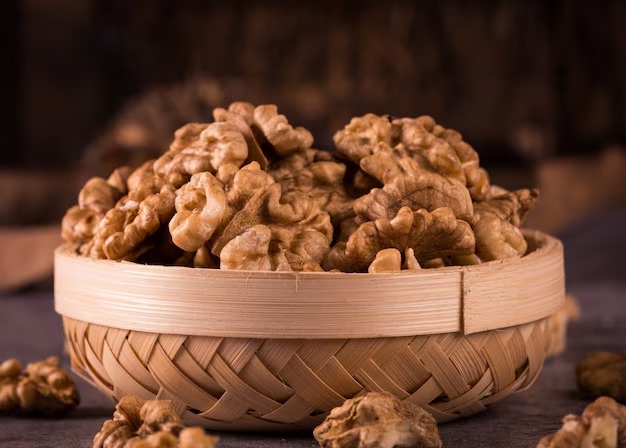Facial Reflexology: How Healing Points On Your Face Can Boost Health
Facial reflexology combines ancient traditions and modern science for holistic healing.


In today's fast-paced world, maintaining both physical and emotional balance has become increasingly important. Facial reflexology, with its centuries-old history, offers a powerful healing method for those seeking relaxation and recovery.
In this interview with an expert, we explore the origins of facial reflexology, its modern applications, and the health benefits it provides. Discover this unique therapy where ancient traditions meet modern science.
What is Facial Reflexology and How Did It Originate?
Reflexology is a complementary therapy that involves applying pressure to various areas of the body, including the feet, hands, face, and ears. Many cultures across four continents—Asia, Europe, Africa, and North America—have practiced reflexology. Its origins can be traced back to China over 5,000 years ago, where it was used to support health. Reflexology also plays a significant role in Egyptian culture, with evidence found in hieroglyphic wall paintings from 2330 BC. Indigenous peoples in North America, the Andes, and southern Argentina have used primitive forms of facial reflexology for generations.
The foundation of modern reflexology is based on "Zone Therapy," discovered by ENT specialist Dr. William H. FitzGerald in the early 1900s. FitzGerald demonstrated that applying pressure to one part of the body could create an anesthetic effect in another. He divided the body into zones, with five meridians on each side, extending from the feet to the head. Dr. Alfonso Cornelius, the first German doctor to use facial reflexology in Europe, healed himself from a severe infection by stimulating various points on his face. Modern facial reflexology combines techniques from South American Indigenous people, Egyptians, and Orientals with contemporary neuroanatomy concepts.
The main techniques used in facial reflexology include acupuncture, cranial acupressure, cerebral acupuncture, and facial acupuncture. There are two primary systems: Dien Chan and the Sorensen System. Dr. Prof. Bùi Quôc Châu, the founder of Dien Chan, adapted ear acupuncture to facial acupuncture and acupressure. His research led to the creation of effective treatment formulas based on various reflective areas on the face.
The Sorensen System, developed by Lone Sorensen, incorporates techniques from Asian cultures and South American tribes. Lone created a method that reaches deep into the body through these ancient healing arts. My teacher, Gamze Senbursa, a student of Lone Sorensen, brought his system to Turkey and has shared it with us. She is a renowned physiotherapist and instructor of the Sorensen System.
What Are Its Benefits and What Is It Used For?
Facial reflexology helps regulate energy by sending signals to areas and muscles on the face. The face is particularly effective for stimulation as it has the shortest nerve pathways connected to the brain, triggering the release of endorphins. These endorphins are essential for maintaining physical, emotional, and mental balance. By stimulating blood circulation, hormone-secreting glands, and the immune system, facial reflexology activates the central nervous system.
One of the key benefits of reflexology is its ability to relax and relieve stress and anxiety. Regular treatments can clear energy blockages in the body and ensure energy is distributed evenly throughout. It helps reduce daily stress and tension, improving both physical and mental well-being.
Facial reflexology shares principles with acupuncture. By applying pressure to specific points, blood circulation improves, allowing oxygen to reach the cells more efficiently. This increased circulation gives the skin a rosy hue, boosting its elasticity and brightness. The stimulation of facial muscles creates a lifting effect, contributing to a younger and more radiant appearance. It is also commonly used for conditions such as depression, chronic fatigue, sleep disorders, hormonal imbalances, and pain relief.
How Is the Application Performed?
The process involves a full facial massage using oil, targeting acupuncture points, lymph nodes, organ reflection areas, and the muscle structures of the face. Light pressure is applied when stimulating acupuncture points and lymph nodes, while muscle-targeting applications require a firmer touch.
Stay In The Know
Get exclusive access to fashion and beauty trends, hot-off-the-press celebrity news, and more.

Narine Karapetyan is a writer who explores the intersection of wellness, cuisine, and culture. Her work delves into the impact of food on health, the rituals behind global flavors, and the art of mindful travel. She brings fresh perspectives on how lifestyle choices shape well-being.
-
 Morning Fitness: 4 Simple Exercises For A Great Start
Morning Fitness: 4 Simple Exercises For A Great StartQuick exercises to stay active, fit, and energized without extra time.
By Narine Karapetyan Published
-
 Revitalize Your Health With This New Year Detox Guide
Revitalize Your Health With This New Year Detox GuideStart 2025 healthy with hydration, movement, detox, balanced meals, and sleep.
By Narine Karapetyan Published
-
 The Truth Behind Ice Baths: Are They Really Beneficial?
The Truth Behind Ice Baths: Are They Really Beneficial?Ice baths improve skin, relieve stress, and aid muscle recovery.
By Narine Karapetyan Published
-
 Recent Research Sheds Light On The Impact Of Walnuts On Gut Health
Recent Research Sheds Light On The Impact Of Walnuts On Gut HealthWalnuts support gut health by promoting beneficial bacteria and reducing inflammation.
By Narine Karapetyan Published
-
 The Wellness Trends That Are Taking The World By Storm
The Wellness Trends That Are Taking The World By StormEmerging wellness trends include personalized apps, genetic tests, digital detox, and mindfulness.
By Narine Karapetyan Published
-
 Hydration Hacks: Ways To Increase Your Daily Water Intake
Hydration Hacks: Ways To Increase Your Daily Water IntakePractical tips to stay hydrated and build a daily water habit.
By Narine Karapetyan Published